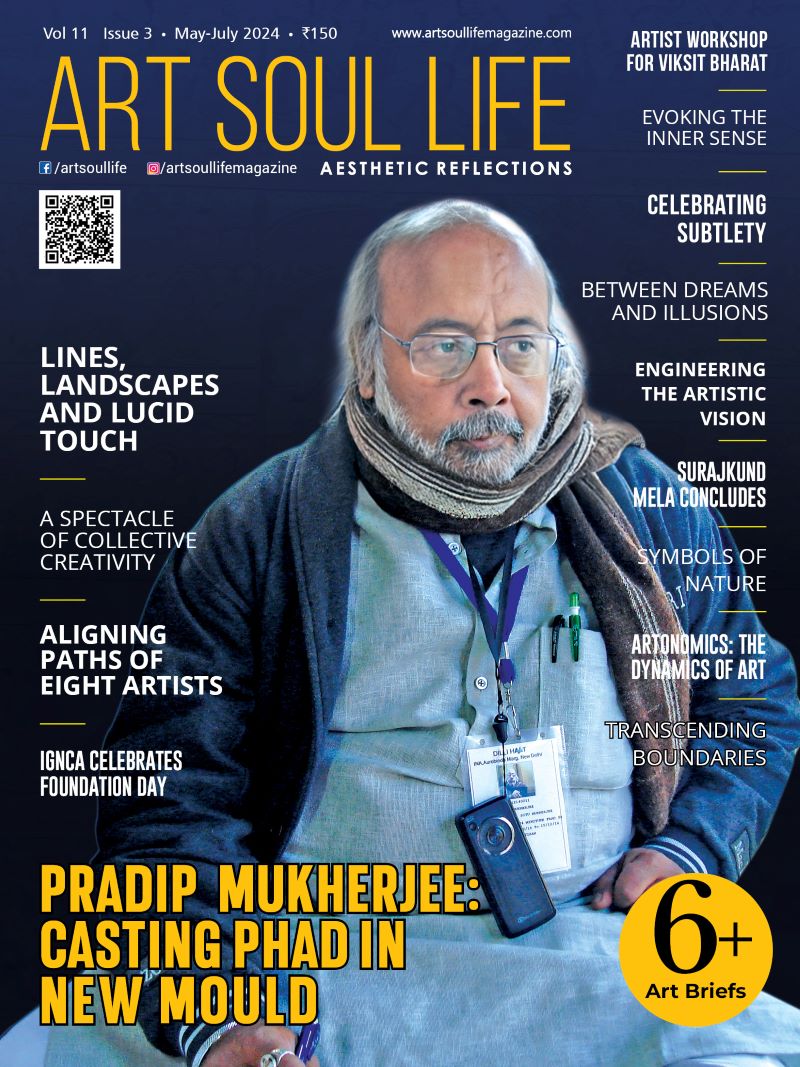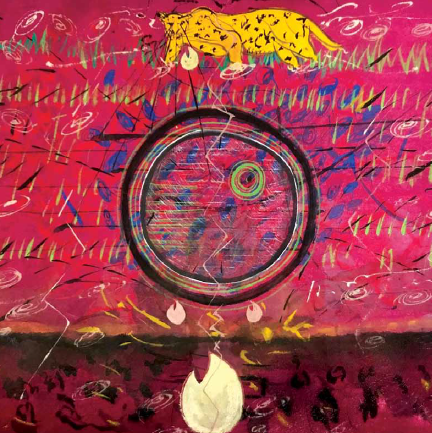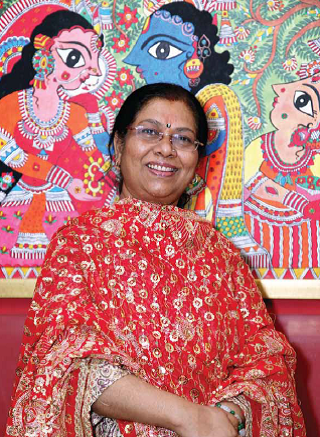
When one thinks of celebrated artists, names like Leonardo da Vinci, Vincent van Gogh, and Pablo Picasso often come to mind. However, the world of art is not confined to the realm of the avant-garde and the experimental. In the quaint town of Hoosick, New York, a different kind of artistic genius emerged in the form of Anna Mary Robertson Moses, affectionately known as “Grandma Moses.” Her paintings, characterized by their idyllic rural scenes and nostalgic charm, captured the hearts of millions and continue to do so to this day.
Born in 1860, Grandma Moses discovered her passion for painting later in life. It wasn’t until her late 70s that she embarked on her artistic journey. Living on a farm, she began by painting scenes of her surroundings, depicting the simple pleasures of rural life – horse-drawn carriages, charming farmhouses, and snow-covered landscapes. What set her work apart was not just the subjects she painted, but the unique perspective she brought to them.
Grandma Moses had a knack for turning ordinary scenes into extraordinary narratives. Through her paintings, she wove stories of simpler times, evoking feelings of nostalgia and warmth. Her attention to detail was remarkable, capturing the play of light on the fields, the intricate patterns of the quilts, and the personalities of the characters in her paintings. Her works were not just paintings; they were windows into a bygone era.
One of her most famous pieces, “Sugaring Off,” is a testament to her storytelling prowess. The painting depicts a maple sugaring scene – people gathered around, boiling sap, and enjoying the process. The intricate details of the trees, the steam rising from the boiling pots, and the animated expressions of the people transport the viewer to that very moment. Looking at the painting, one can almost hear the laughter and chatter, making it more than just a static image on canvas.
Grandma Moses’ popularity soared during the 1940s and 1950s. Her works resonated with a world recovering from the tumultuous times of World War II. People sought solace in the nostalgia her paintings evoked, yearning for the simplicity and wholesomeness of the scenes she portrayed. Her art became a source of comfort and a reminder of the enduring beauty of everyday life.
Despite her lack of formal training, Grandma Moses’ artistic ability was undeniable. Her paintings radiated authenticity and a genuine love for her subjects. She often said, “I paint from the top of my head,” highlighting her instinctive and intuitive approach to art. This lack of pretence contributed to the universal appeal of her work.
Grandma Moses’ legacy extends far beyond her paintings. Her success story is an inspiration to late bloomers and aspiring artists everywhere. Her journey reminds us that it’s never too late to discover and nurture one’s creative talents. Her dedication to her craft challenges the notion that art is the sole domain of the young and formally educated.
In 1960, Grandma Moses passed away at the age of 101, leaving behind a rich legacy of over 1,500 paintings. Her artwork continues to be celebrated in galleries and museums around the world. The charm of her rural scenes and the stories they tell remain as captivating as ever. In an ever-changing world, Grandma Moses’ paintings serve as a timeless reminder of the beauty that can be found in life’s simple moments.









 " >
" >
 " >
" >